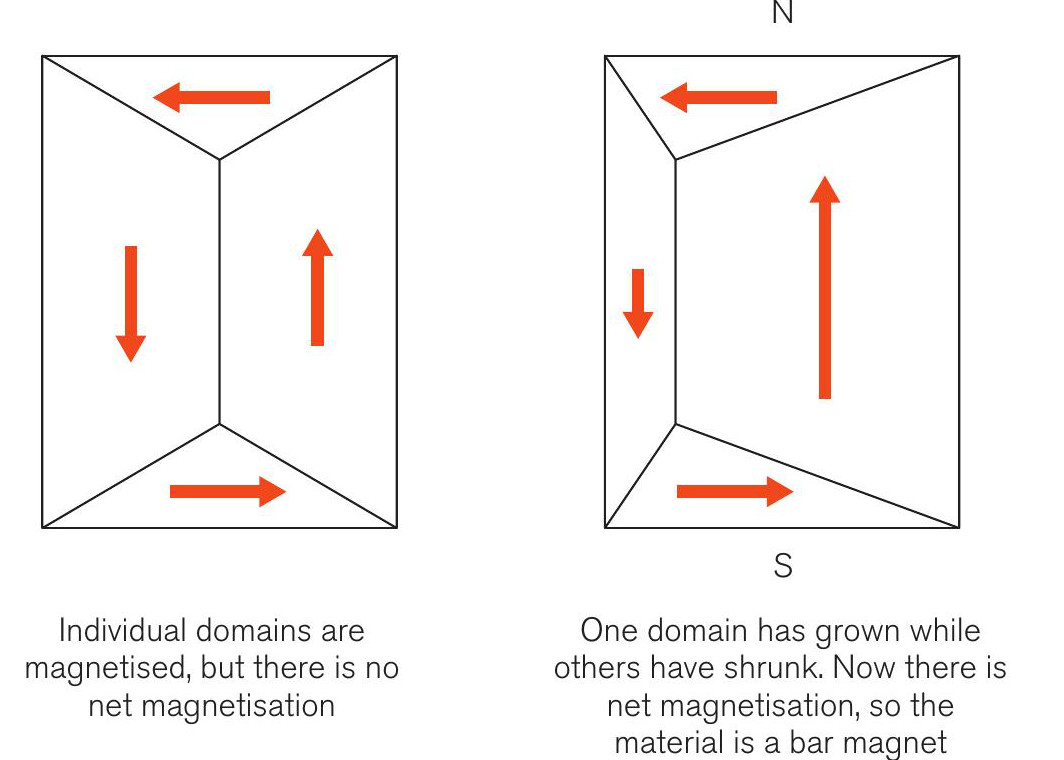
Magnetoresistance is the process by which the electrical resistance of a material changes in the presence of a magnetic field.
In 2007 the Nobel prize for physics was awarded to two physicists, Professors Peter Grünberg and Albert Fert, for their work on giant magnetoresistance (GMR). GMR technology has revolutionised the data storage industry and allowed for the construction of hard discs with over 100 GB storage space. Magnetoresistance was first observed by Lord Kelvin in 1857. What he observed is now called anisotropic magnetoresistance (AMR) because of the way it works. This article looks at both AMR and GMR.
Your organisation does not have access to this article.
Sign up today to give your students the edge they need to achieve their best grades with subject expertise
Subscribe




